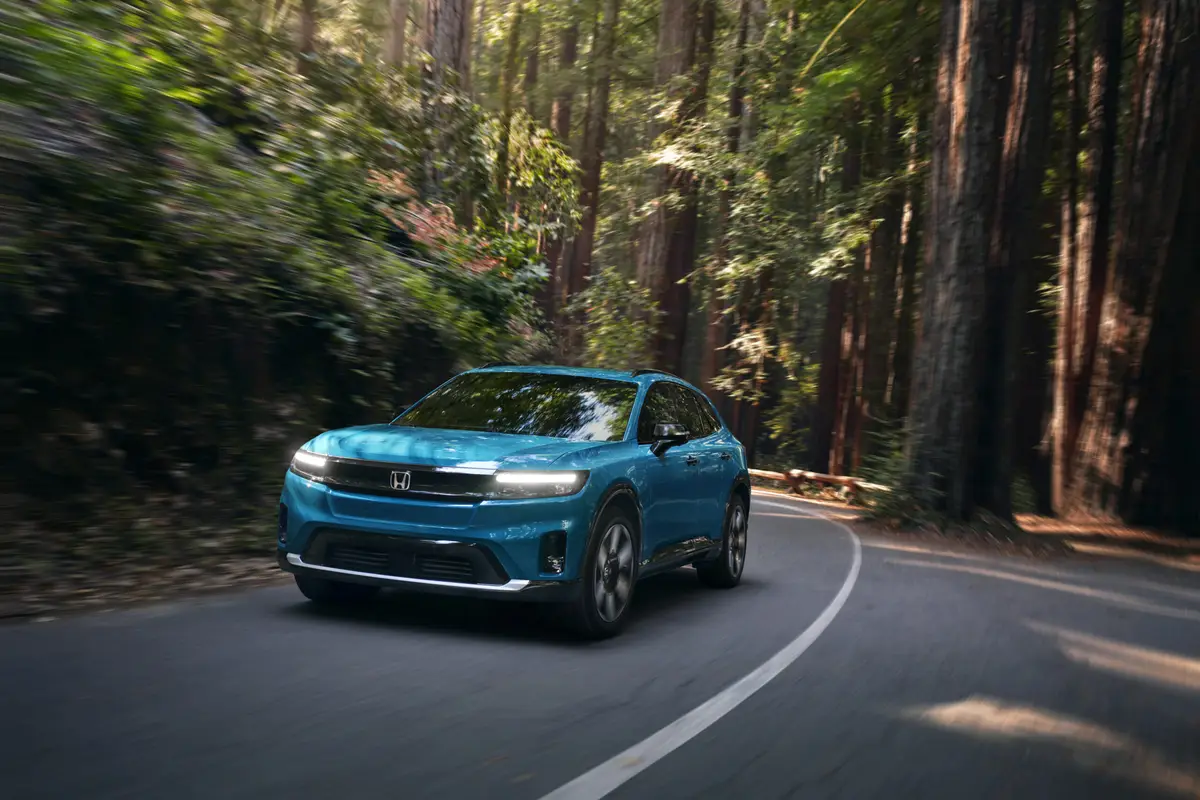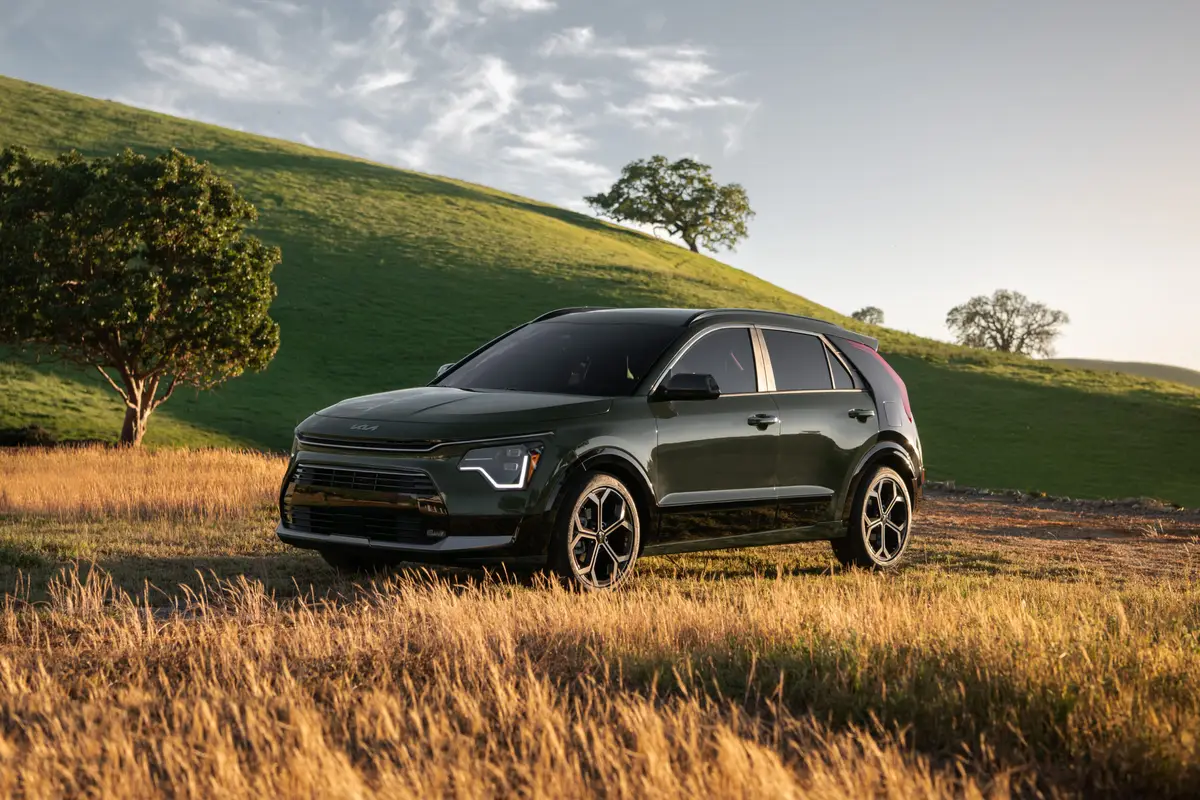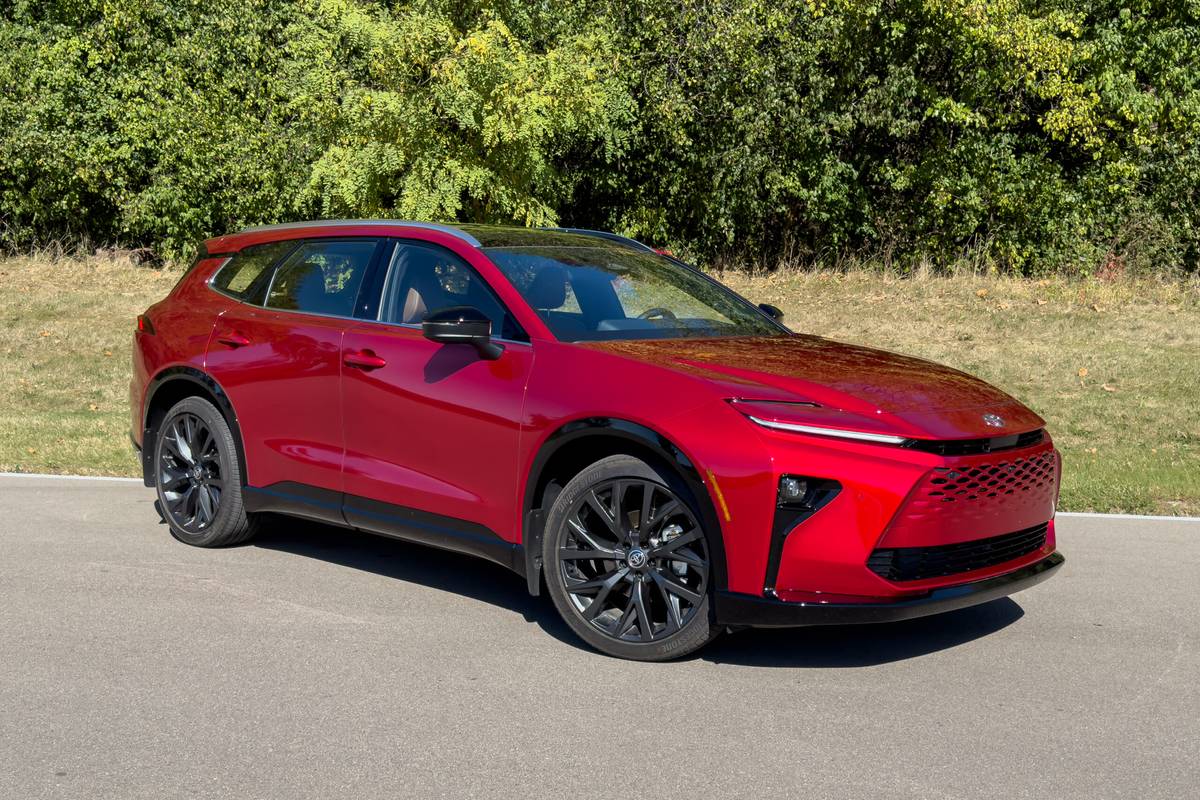washingtonpost.com's view
The all-wheel-drive 2012 version of the Nissan Juke, like the front-wheel-drive version I drove last year, is uglier than ugly. It has a space-restricted cabin — tight for four people with luggage. Its designers were so taken with froglike shapes and curves, they put them everywhere — even in the styling of the headlamp enclosures and front fenders, effectively obstructing front peripheral vision.
It is not the first vehicle that would come to mind as a choice for a long road trip with company and cargo. That’s unfortunate for the driving addicts among us. This gloriously silly mobile, and I mean that with all of the affection and hostility I can muster, can run!
That something so small and visually distressing can perform so well shocks me anew. Brought to us originally as a 2011 model, the 2012 Nissan Juke retains a tiny 1.6-liter turbocharged four-cylinder gasoline engine (still with 188 horsepower and 177 foot-pounds of torque).
The average horsepower of a new passenger vehicle now sold in the United States is 220, according to 2010 figures (the latest available from the Environmental Protection Agency). So a little 188-horsepower automobile depending on a turbocharger to push more air into combustion chambers to boost performance does not sound like much.
But it is way more than enough in the 2012 Nissan Juke, of which the optionally equipped all-wheel-drive SL version was driven for this column.
Thus goes the way of today’s automotive world, in which most vehicle manufacturers are engaged in the industrial equivalent of a dangerously torrid affair — trying to placate governments and consumers without allowing one group or the other to kill off the business.
The governments, stressed by energy, environmental and economic concerns, are pressuring car companies worldwide to reduce fossil-fuel consumption and tailpipe pollution. In the United States, that governmental request is being made without many corresponding incentives to consumers to buy the probable results — smaller, more fuel-efficient vehicles, minus the oomph and muscle of predecessor mobiles.
That is a hard sell, especially in an America where consumers and politicians have an exceedingly difficult time dealing with limits. As a result, Nissan and nearly all of its rivals are hedging their bets — offering us advanced, computerized four-cylinder engines with either turbocharging or supercharging to boost air-fuel mixtures in combustion chambers. The goal is the proverbial bigger bang for the buck, especially the buck spent on gasoline.
Reaching that goal involves more than reworking engines — such as giving four-cylinder models the power of six-cylinder or even some eight-cylinder engines while retaining or improving on four-cylinder fuel efficiency.
Much time and money has been spent reshaping these modern wonders, with as much reliance on wind tunnels to determine exterior forms as on designers’ imaginations. The aim is to get the most aerodynamically efficient body for the product sought, thereby further increasing fuel economy.
Throw into that mix weight-reduction technology, such as the use of more plastics, composites and recyclable materials, and you get today’s mainstream automobiles — or, in the case of the 2012 Nissan Juke SL, an attempt to depart from the mainstream by challenging conventional perceptions of what a car should look like. That is both its glory and its failure.
It looks like nothing most of us would want to drive today. It is a niche mobile. But even there, it lacks practical sense, with front and rear seats too hard and tight for many people on road trips exceeding 300 miles (as was the case for this column); with too-small cargo space (10.5 cubic feet) with the rear seats up; with exterior styling that slips easily through the wind while sometimes blocking front vision left and right.
But coming up with what now passes as a marginally fuel-efficient vehicle (27 miles per gallon in the city and 32 on the highway using premium) while providing truly delightful highway performance involves a mastery of combining power, weight and form to yield remarkable function.
Nissan has accomplished that feat in the 2012 Juke SL, with the added genius of an optional torque-vectoring all-wheel-drive system that meters the amount of engine driving power sent to each wheel based on what that wheel is doing on the road at any given moment.
The Juke, the second time around, turns out to be a hatchback crossover-utility vehicle I hate to love and love to hate. It definitely is not for everyone. But it has a market among the young at heart, or those otherwise unimpressed with the mainstream, or incapable or unwilling to spend the money truly needed to drive outside of it.
Latest news



